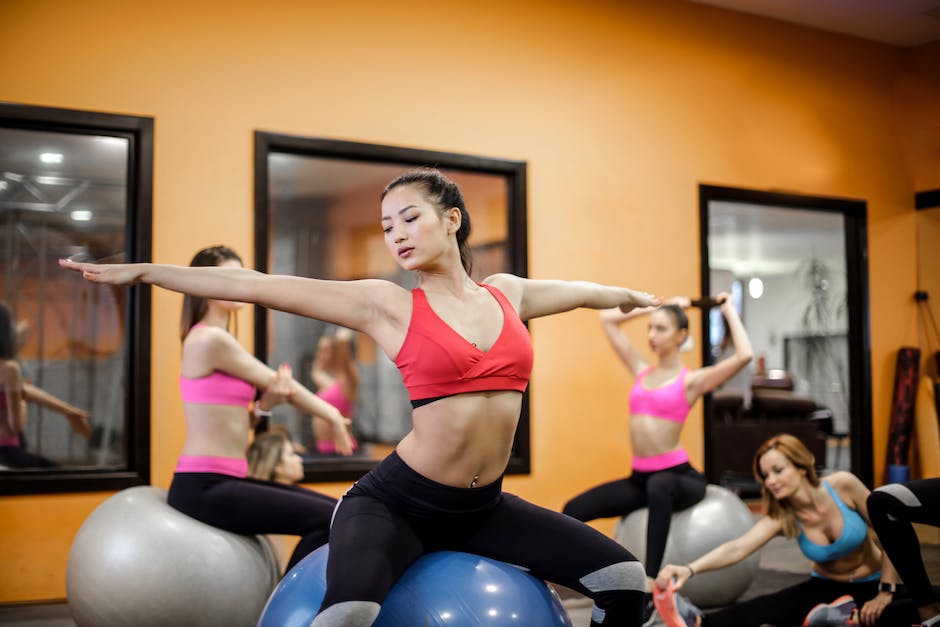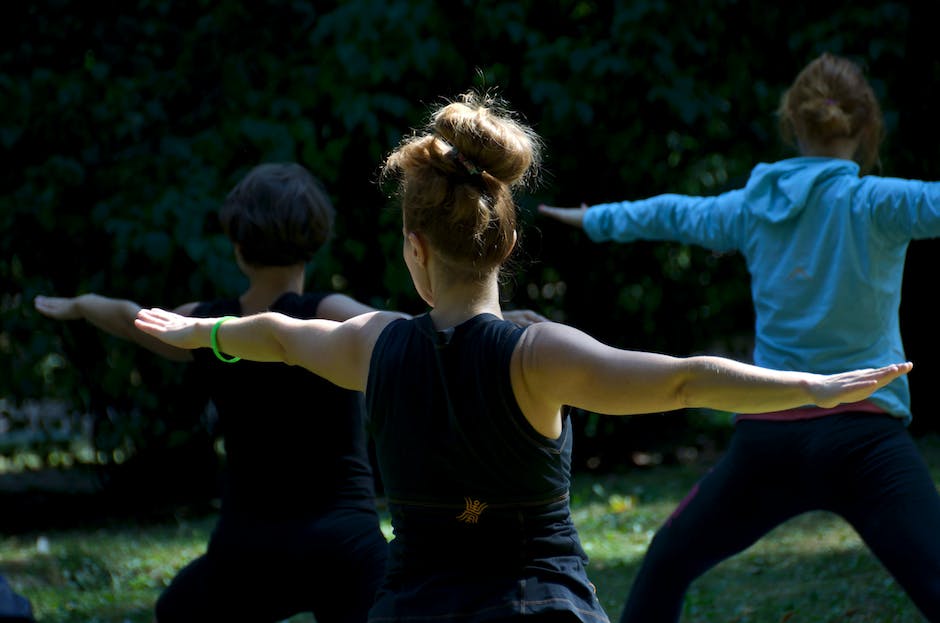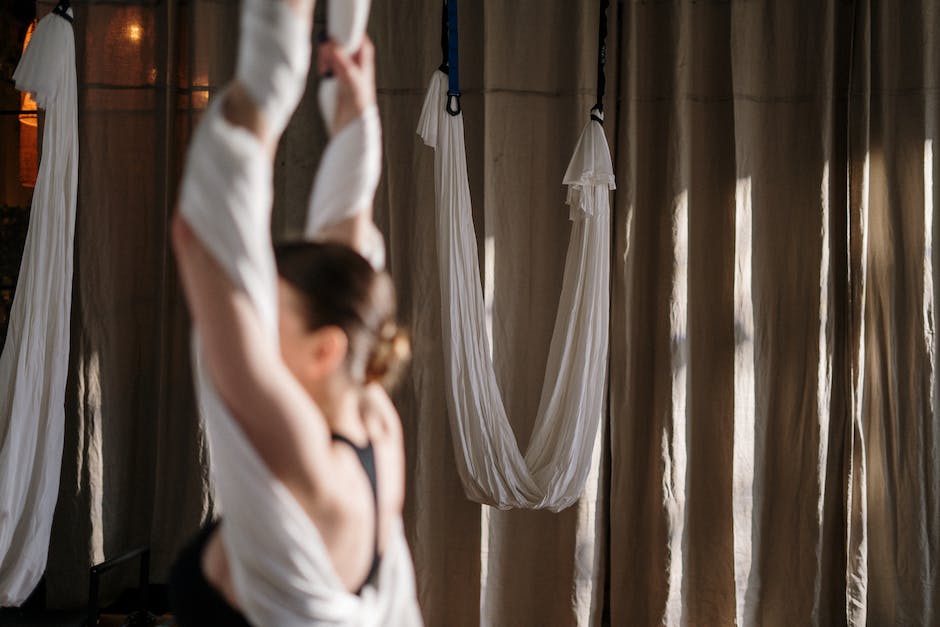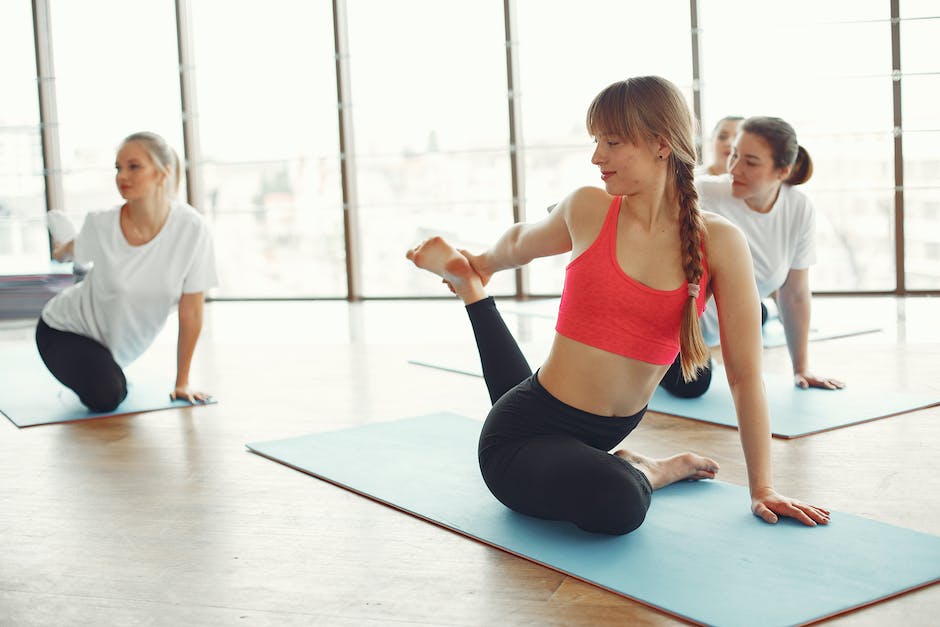
Harnessing The Power Of Breath: A Deep Dive Into Pranayama Yoga Techniques
Have you ever heard the saying "take a deep breath" when you're feeling stressed or anxious? It turns out that there's a lot of truth to that advice. Breathing is a powerful tool that can help us regulate our emotions, reduce stress, and improve our overall health and well-being. And in the world of yoga, there's a whole practice dedicated to harnessing the power of breath: pranayama.
Pranayama is a Sanskrit word that means "extension of the life force." It's a practice that involves controlling the breath in various ways to achieve different effects on the body and mind. There are many different pranayama techniques, each with its own unique benefits. Here are a few of the most common:
1. Ujjayi breath: This is a slow, deep breathing technique that involves constricting the back of the throat slightly to create a "whispering" sound as you inhale and exhale. Ujjayi breath is often used in yoga classes to help practitioners stay focused and calm.
2. Nadi shodhana: Also known as "alternate nostril breathing," this technique involves breathing in through one nostril and out through the other, alternating sides with each breath. Nadi shodhana is said to balance the two hemispheres of the brain and promote mental clarity.
3. Kapalabhati: This is a rapid, forceful breathing technique that involves exhaling forcefully through the nose while pulling the belly in. Kapalabhati is said to energize the body and clear the mind.
4. Bhramari: This technique involves making a humming sound as you exhale, like a bee. Bhramari is said to calm the mind and reduce anxiety.
These are just a few examples of the many pranayama techniques out there. So why should you incorporate pranayama into your yoga practice?
For one thing, pranayama can help you deepen your yoga practice. By focusing on the breath, you can move more mindfully through your poses and stay present in the moment. Pranayama can also help you build endurance and stamina, as many techniques involve holding the breath for extended periods of time.
But pranayama isn't just beneficial for yoga practitioners. It can also have a positive impact on your overall health and well-being. Studies have shown that pranayama can help reduce stress and anxiety, lower blood pressure, and improve lung function. It may even help improve sleep quality and boost the immune system.
So how can you get started with pranayama? The best way is to find a qualified yoga teacher who can guide you through the various techniques and help you find the ones that work best for you. But if you're practicing on your own, here are a few tips:
- Start with the basics. Ujjayi breath is a good place to start if you're new to pranayama. Focus on breathing slowly and deeply, and try to create a slight constriction in the back of your throat to create the "whispering" sound.
- Be patient. Pranayama can be challenging at first, especially if you're not used to focusing on your breath in this way. Don't get discouraged if it takes time to see results.
- Listen to your body. If a particular technique doesn't feel comfortable or causes discomfort, stop and try something else. Pranayama should never be painful or uncomfortable.
- Practice regularly. Like any other form of exercise, pranayama requires regular practice to see results. Try to incorporate it into your daily routine, even if it's just for a few minutes at a time.
Pranayama is a powerful tool that can help you deepen your yoga practice and improve your overall health and well-being. By harnessing the power of breath, you can reduce stress, increase mental clarity, and boost your physical health. So why not give it a try?
Popular Blog Posts
Latest News
Unveiling Our Yoga-Centric Universe
Embark on a holistic wellness journey with our experienced team of yoga enthusiasts, instructors, and advocates. Our mission, driven by expertise and zeal, is to make yoga a rewarding and accessible practice for all skill levels—from beginners to advanced yogis. But we go beyond yoga; we also delve into complementary areas like mindfulness techniques, guided meditation, and self-care rituals. These interrelated disciplines, we assert, are essential for unlocking a balanced, serene, and fulfilling lifestyle.
Favorite Yoga Resources
Your Daily Dose of Yoga Wisdom
"Yoga transcends the conventional definitions of an exercise regime; it is a way of life, a profound science that unravels the boundless potentials of our mind and soul."
- Anamika Mishra







